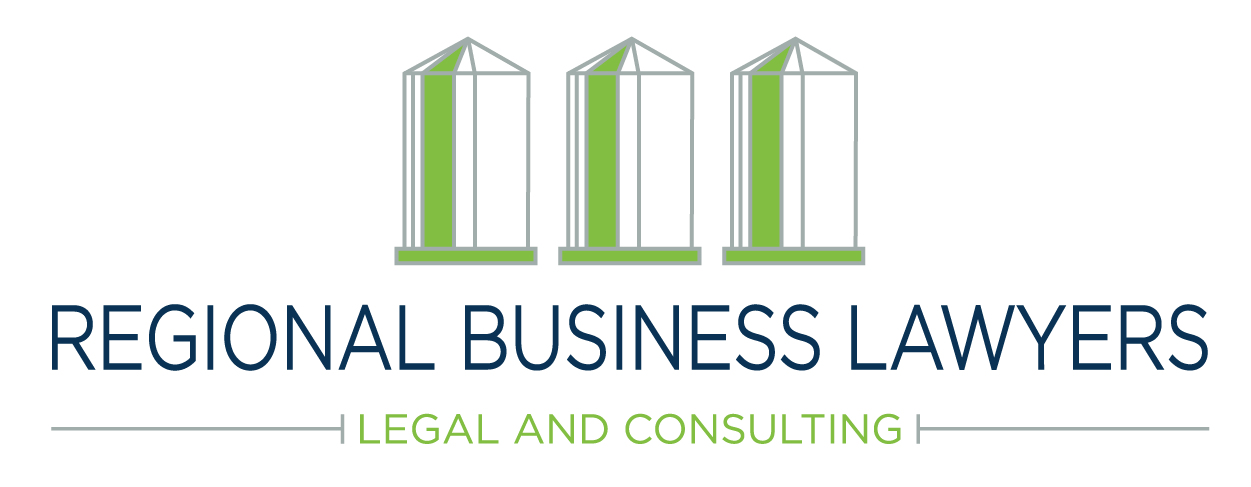Higher Impact Land Clearing: Land Management (Native Vegetation) Code 2018 (the ‘Code’)
For higher impact clearing associated with increasing agricultural production, such as opening up grazing land and bringing timbered country into crop, the primary regulation is the Land Management (Native Vegetation) Code 2018 (the ‘Code’) which is authorised by the Local Land Services Act 2013. The practical effect of this Code is that it provides a regulatory framework for landholders to develop their land that balances the need for increasing agricultural productivity while protecting and enhancing important ecological communities.
What does the Code allow me to do with the native vegetation on my farm?
The Code provides for five general approaches to native vegetation management. In simple terms, these approaches allow for a range of activities such as controlling invasive native species, opening-up timbered country for grazing, taking out individual paddock trees, all the way to the conversion of timbered land into cropping country (along with the requisite recategorization of the land).
Under each approach, there are more pathways with more subtle variations concerning, among other things, the eligibility of a landholding for clearing, restrictions on what can be done, and the conditions attached to the clearing. Beyond this cursory description, the details of the law can become quite complex.
Is there a quid pro quo involved?
It’s important to understand that the Code seeks to enhance ecological communities as well as agricultural productivity. Given this broad objective, it is not surprising that the greater the ecological impact of the intended clearing, the greater the associated conditions attached to the clearing.
The most notable condition attached to some of these higher impact regulatory pathways is the requirement to set-aside areas of land in exchange for clearing others. The area needed to be set-aside depends on the ecological value of the land to be cleared versus the ecological value of the land to be set-aside.
Do you need permission to manage your native vegetation?
It depends on what you intend to do – in some instances you need only to notify the LLS of your intentions, and in others you need to obtain a mandatory code compliant certificate from the LLS before commencing clearing.
When you submit a notification to the LLS of your native vegetation management plans they have two weeks to approve, amend or refuse your plan. The notification needs to contain the information prescribed Schedule 6 of the Code. If the LLS do not reply, you are able to commence the clearing as you had intended. However, this doesn’t mean that you can do as you wish – you are obligated to stick to the plans that you’d provided to the LLS via the notification.
When applying for a mandatory code compliant certificate the LLS will need to ensure that your plans comply with the regulations of your chosen pathway under the Code before they issue the certificate – this process is not always as fast as a landholder would like so its important to establish timeframes and responsibilities upfront and to stay on the front foot.
The trick is determining whether your plans require a notification or a certificate from the LLS. With fines of up to $1m for individuals and $5m for companies who intentionally conduct unauthorised clearing, it will be important to ask now rather than apologise later.
How can Regional Business Lawyers assist me?
The team at Regional Business Lawyers understand farming and understand the law relevant to your native vegetation management plans. With your commercial interests in mind, we’ll help you focus on what you can do to enhance farm productivity while staying abreast of your legal obligations.
